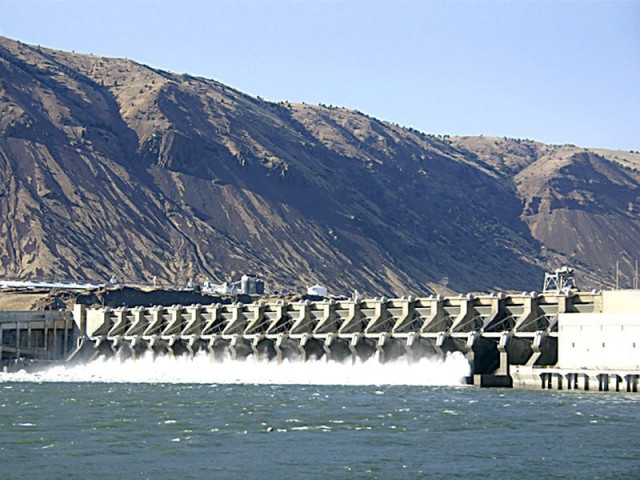
“The decline in storage capacity will have a negative impact not only on Kharif crops, but also on Rabi harvests,” he cautioned in a statement.
'Pakistan's water woes set to worsen'
Quoting statistics, Chawla said Pakistan lost $22 billion due to wastage of water that went into sea each year in the absence of adequate storage capacity.
“We are fully aware that 60% of Pakistan’s economy depends on agriculture and without that we will neither be able to achieve food security nor economic development,” he emphasised.
Chawla pointed out that the widening gap between demand and supply of water had now become a major social and economic challenge that required a comprehensive national policy with consensus of all provinces and the federal government.
He suggested that the focus of reforms should be on improving efficiency in water consumption and management, and building the capacity of relevant regulatory institutions.
“Water demand is rising rapidly on account of growing population and urbanisation, but despite that no new major dam has been constructed in the past 48 years,” he said.
Chawla was of the view that river flooding was erasing 1% off Pakistan’s gross domestic product (GDP) every year and the agriculture sector was bearing the brunt of the damage.
The transportation sector also suffers and following disruption in goods supply, food prices go high. Moreover, thousands of people are left homeless.
Making a comparison, Chawla said Pakistan had a 30-day water storage capacity compared to 170 days in India, adding Pakistan was among 15 most water-stressed countries. Water experts warn Pakistan will be a water-scarce country by 2030 if the government does not take serious steps.
Nearly 90% of the country’s land is classified as semi-arid while the overall volume of rainfall is low with large seasonal and regional variations.
Thatta villagers decide to vote for water
Being a semi-arid country, Pakistan relies heavily on the Indus River and its tributaries (Kabul, Jhelum, Chenab, Ravi and Sutlej) for water supplies, which together contribute over 140 million acre feet per annum.
“Pakistan can only store 10% of its annual water flows which is sufficient for 30 days of consumption,” Chawla said.
Published in The Express Tribune, June 22nd, 2018.
Like Business on Facebook, follow @TribuneBiz on Twitter to stay informed and join in the conversation.


















COMMENTS
Comments are moderated and generally will be posted if they are on-topic and not abusive.
For more information, please see our Comments FAQ